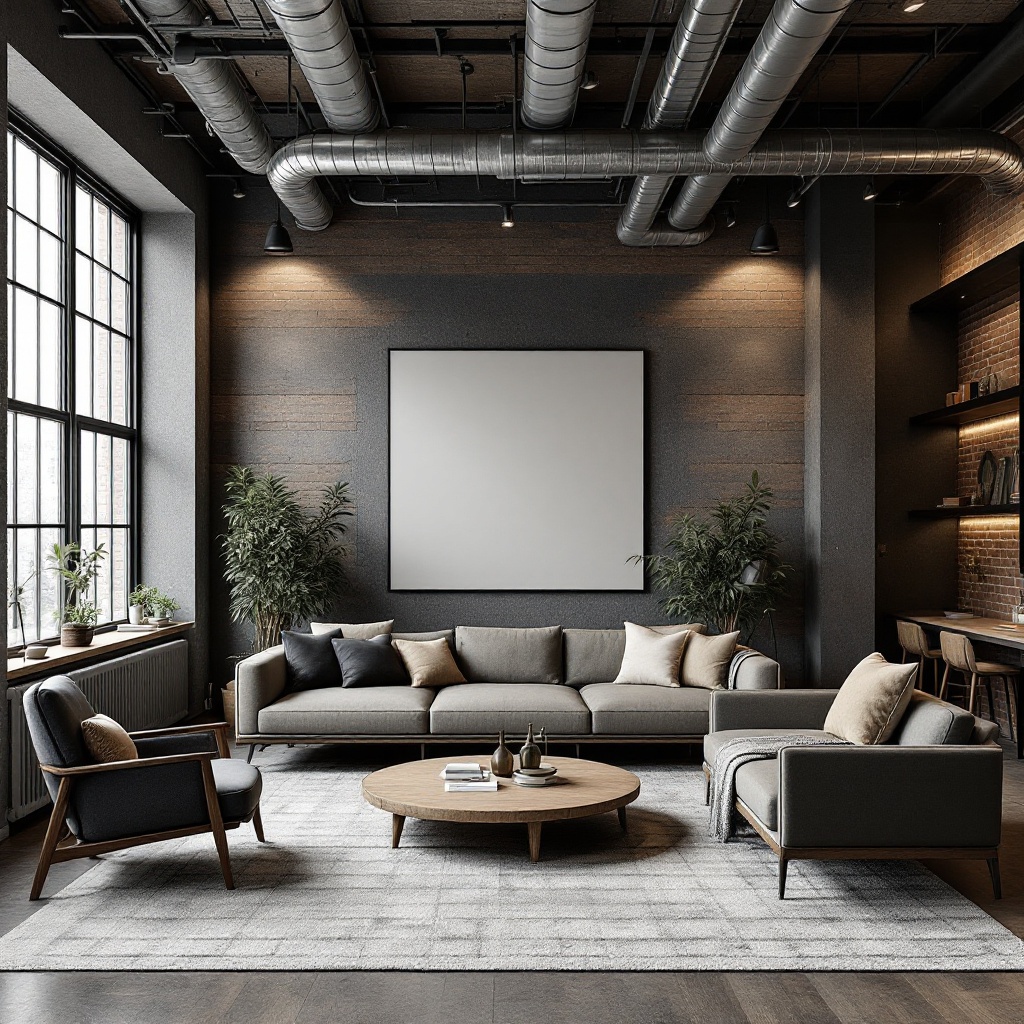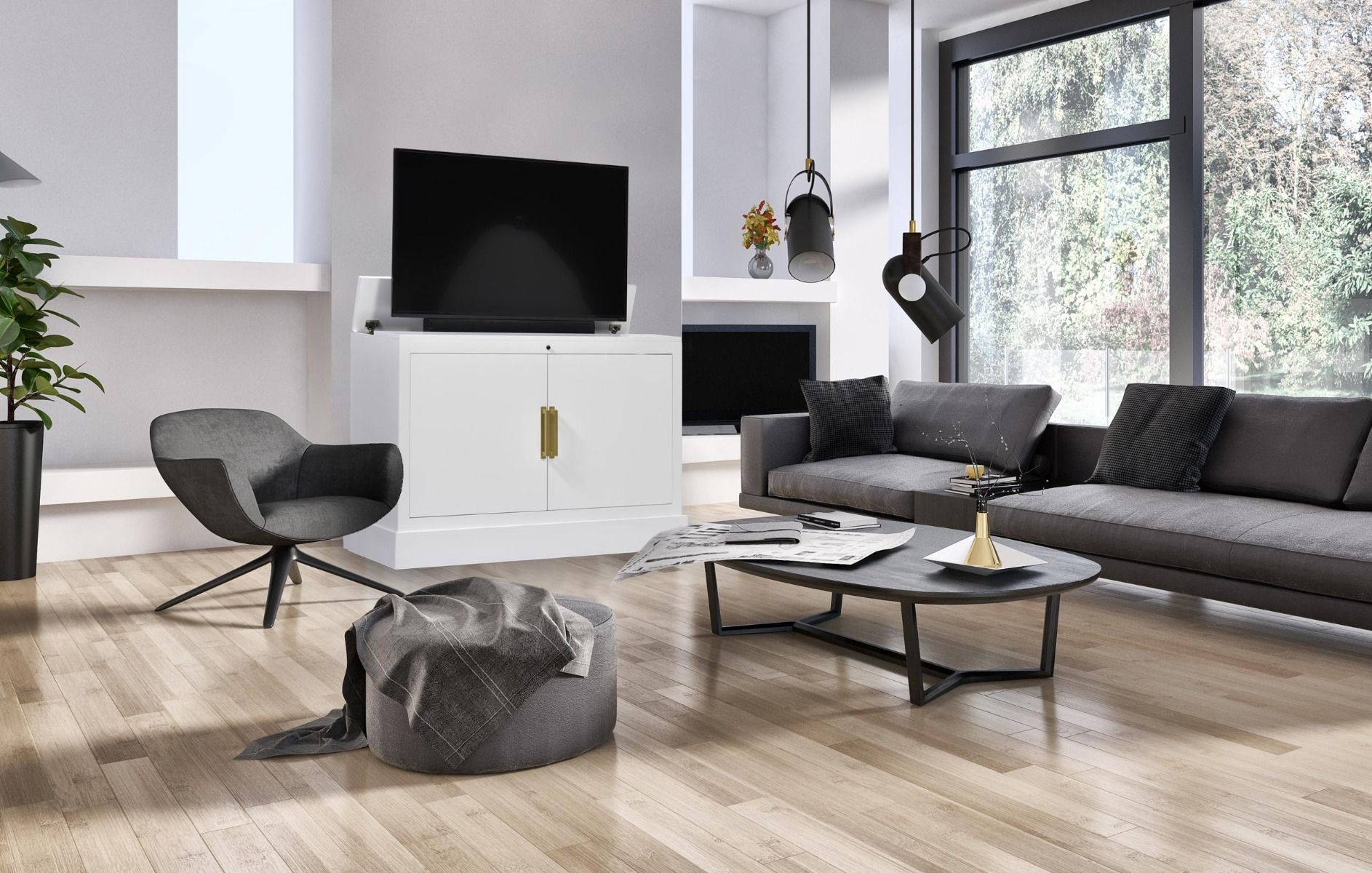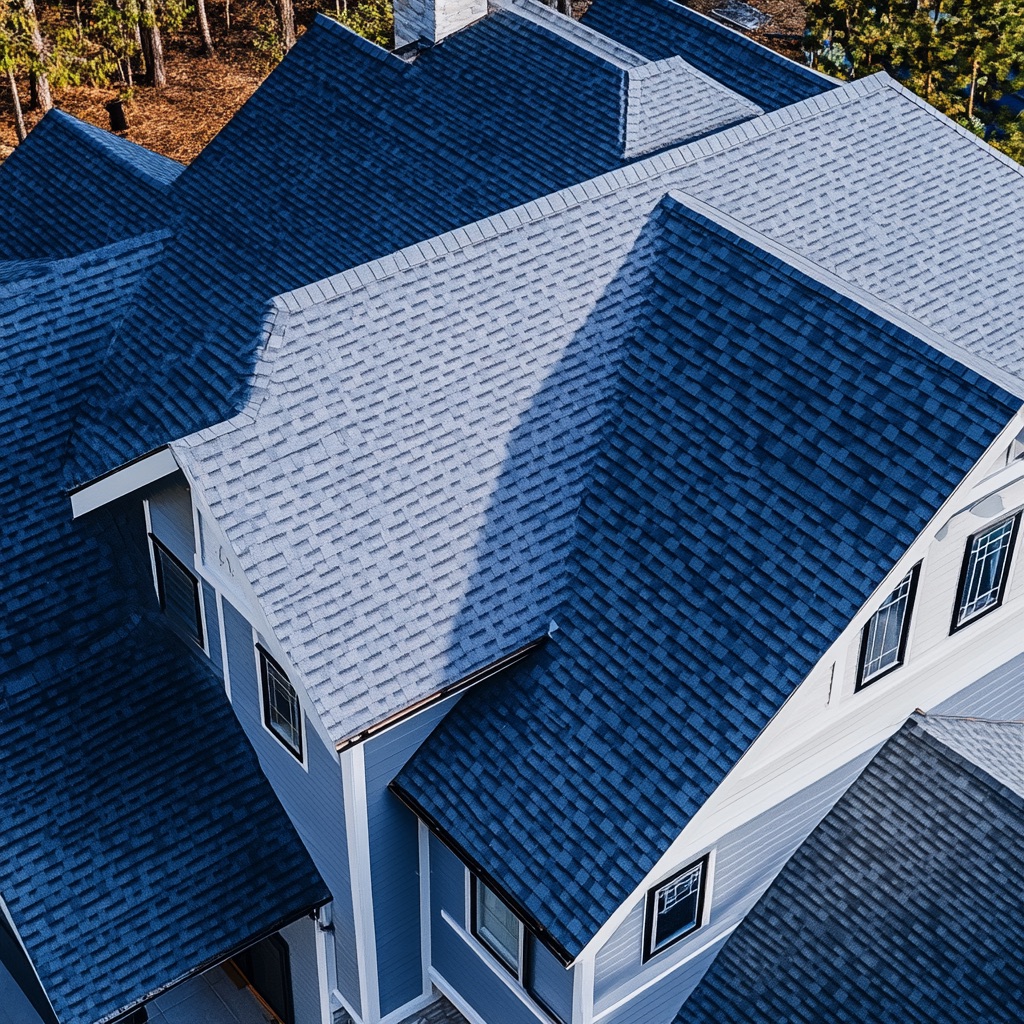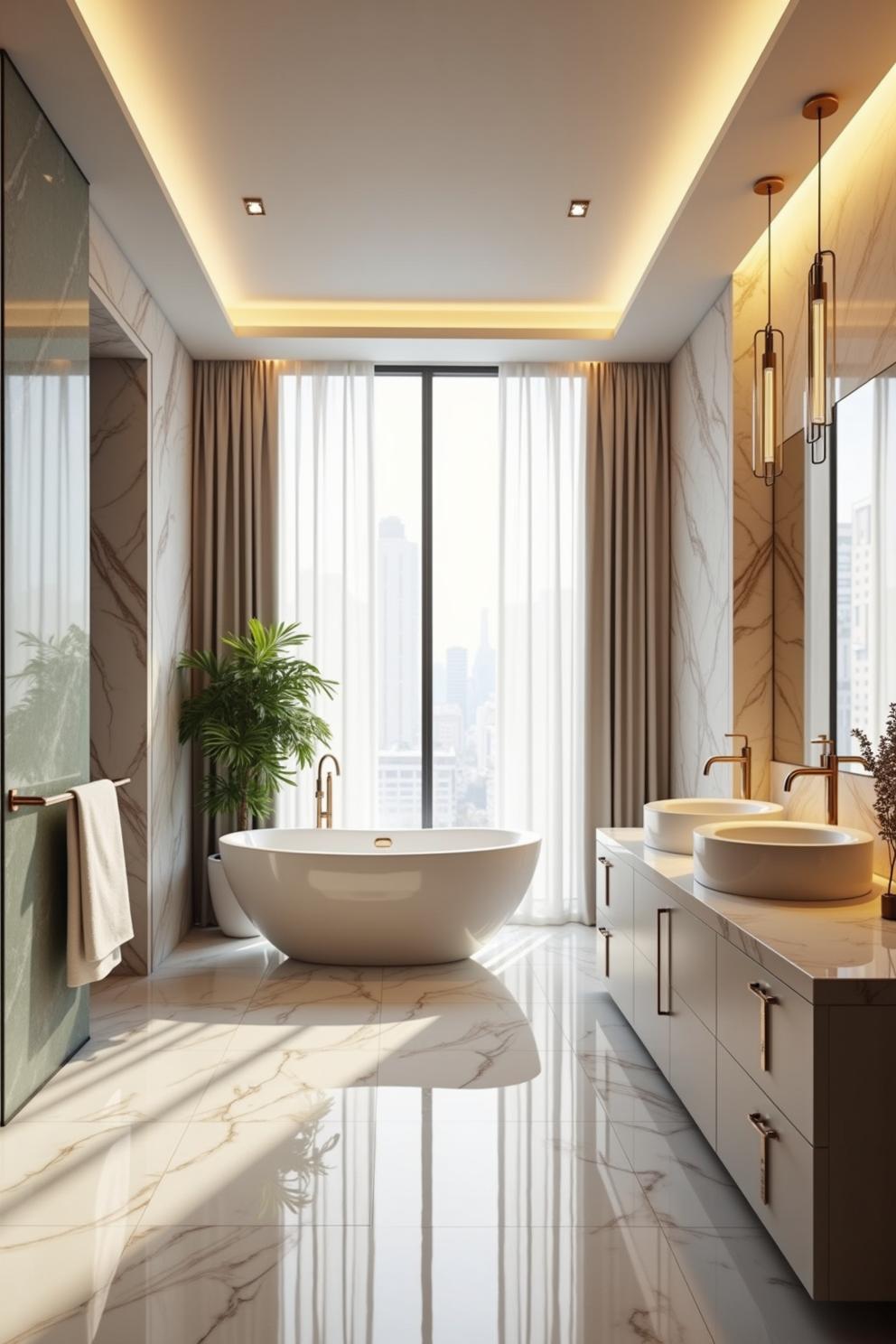Last updated on
These are the top 5 most popular sustainable fabrics for an eco-conscious home. Read on!
The fabrics you chose for the bedding, upholstery, and even curtains, have a lot to say when it comes to the effect of the indoor quality, directly impacting your health.
Volatile and perfluorinated organic compounds in some textiles represent not only a threat to your well-being, but also a damaging factor for the environment.
This is one of the main reasons homeowners pay increased attention to the label of the products they purchase, or opt for an Oeko-tex certified fabric.
Sustainable fabrics, or green or eco-friendly fabrics as they’re also known, are much safer for your health and the environment. Plus, they can be recycled, as most of those fabrics are biodegradable, meaning they’re not stacking up at the landfill and polluting the air.
Buying green fabrics is recommended because you ensure your family isn’t breathing in toxic chemicals found in synthetic materials. Plus, you’ll contribute to worldwide efforts to reduce pollution and improve the environment.
What are the most common fabrics of this kind and how can they be integrated into your home?
Organic Cotton
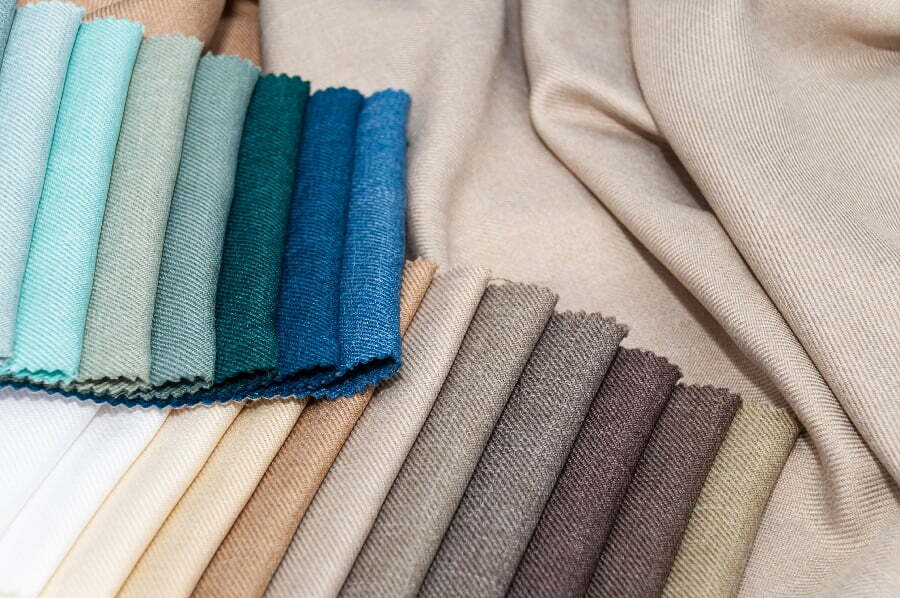
Organic cotton is a green fabric you can use around your home for different purposes. Being a natural fiber, it has a low environmental impact and is cultivated without toxic pesticides and chemical fertilizers.
It’s noteworthy to mention the difference between conventional and organic cotton. First, organic cotton isn’t exposed to the chemicals that traditional cotton uses, like the chemical herbicides and pesticides sprayed on the plant.
Secondly, organic cotton is entirely biodegradable. When it comes to the comfort of your home, it’s a good choice because it’s easy to wash, soft to the touch, lasts for a long time, absorbs moisture well, and is sturdy and breathable.
With so many details on the labels of the furnishings, it can be tricky to determine whether the fabrics are 100% organic or chemical-free. Some can have a lower percentage of organic content, say, 95%.
In the textile industry, the Oeko-Tex certification system, with several programs involved, tests textiles for harmful substances and grants certifications for those that meet strict human-ecological standards.
Note that there’s a difference between organic and Oeko-Tex. The first term refers to how the fabric products are grown, while the latter refers to how the fabric is processed. Oeko-Tex textiles have passed laboratory tests for chemicals and harmful substances, meaning they’re free of them and safe for you to use.
They’re socially and environmentally friendly, as there’s a focus on reducing water usage and air pollution at every step of the fabric’s production.
Linen
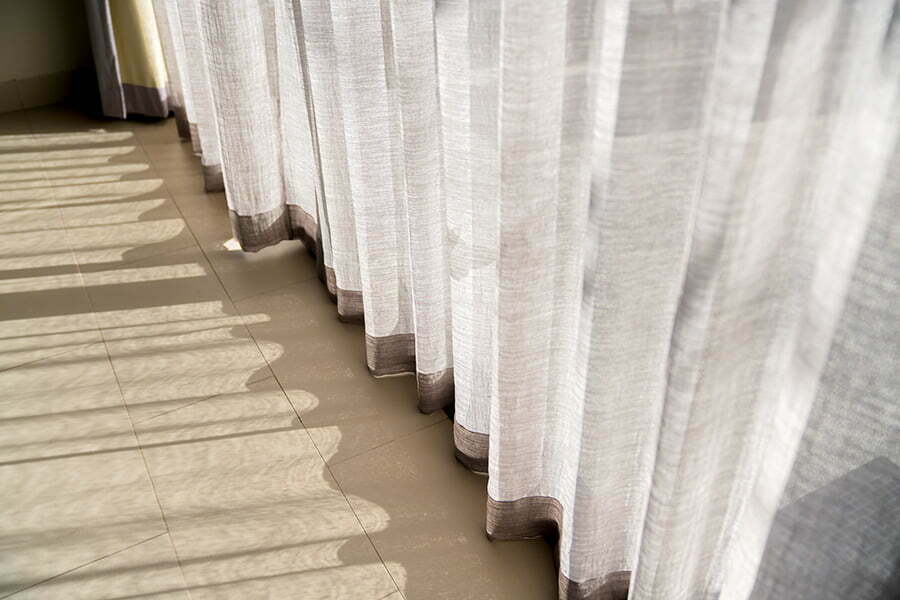
Linen, made from flax plant fibers and being completely biodegradable, is one of the most eco-friendly fabrics for a wide range of products, including upholstery, tablecloths, curtains, and even tea towels.
It’s an entirely hypoallergenic material, resistant to dust mites, making it the perfect choice for family members with allergies and sensitive skin.
Bad reactions to substances are commonplace and 1 in 6 people might suffer from an allergy. However, since the allergens triggering it come from so many sources, finding the underlying problem is the starting point to controlling the allergy.
Linen has been used for centuries in furnishings owing to its qualities. This versatile material can withstand high temperatures and is breathable and very absorbent.
Plus, flax is an earth-friendly plant that doesn’t require much water, pesticides, or chemical fertilizer. Turning it into linen requires little energy, and the whole plant is used in the process, leaving less waste than other plants.
Bamboo
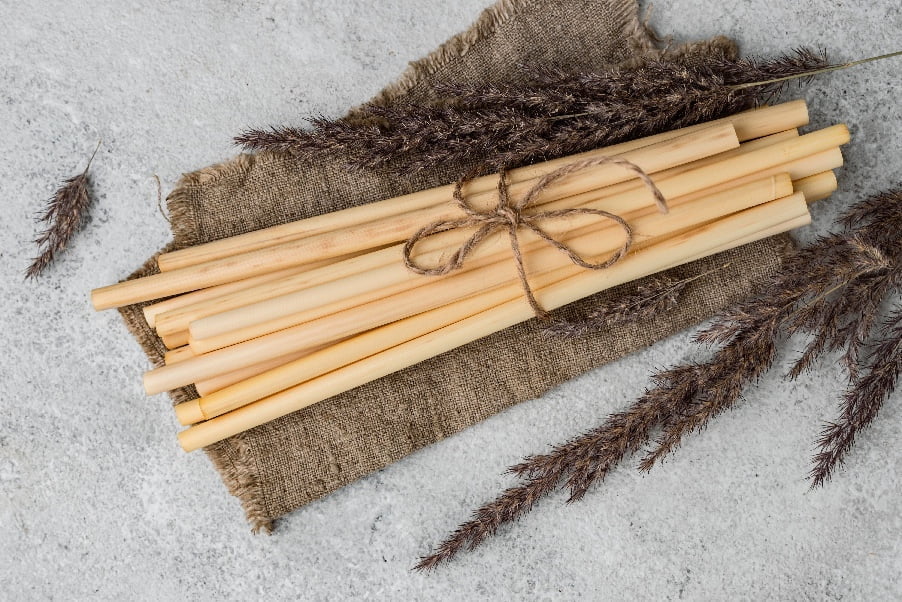
Bamboo products are gaining lots of ground lately thanks to the advantages delivered for both the purchaser and the environment. They’re strong and durable, lacking oak and other hardwoods’ wear and tear issues.
You may have heard about bamboo being among the top most eco-friendly materials for homes, but it’s noteworthy to remind you that it’s also used for manufacturing cloth, besides flooring, toothbrushes, and so on.
Bamboo fabrics are made from plants that grow quickly, and are renewable and biodegradable. Since the plant doesn’t need much water or chemical fertilizers, the fiber obtained has no harmful compounds.
However, on the other side, the process used by many manufacturers to create usable cotton requires many chemicals, leaving waste behind. Due to government regulations, the bamboo fabrics made with this method are usually labeled as “bamboo-based rayon” or simply “rayon.”
Along with its moisture-wicking properties, this fabric is durable, breathable, and hypoallergenic and is a good choice for towels and upholstery. Or you can take your sustainable efforts further and use them for your home’s flooring.
Recycled Polyester

Polyester, a by-product of petroleum regarded as a heavy-duty synthetic material, is widely used for auto upholstery and at home. It has several advantages, like being wrinkle-resistant, durable, and long-lasting. However, biodegradability and environmental friendliness aren’t among them.
Since the waters and landfills are polluted with plastic from take-out boxes, bottles, and so on, several sustainable businesses have been using discarded polyester and these cast-off plastic products to create recycled polyester fabric.
Although it’s not as eco-friendly as other textiles, at least it’s made using products that would otherwise lay dormant and add to environmental pollution.
Since it’s resistant to stains and easy to clean, as well as soft to the touch and quick drying, it makes a perfect choice for carpets, rugs, and upholstery.
Organic Wool
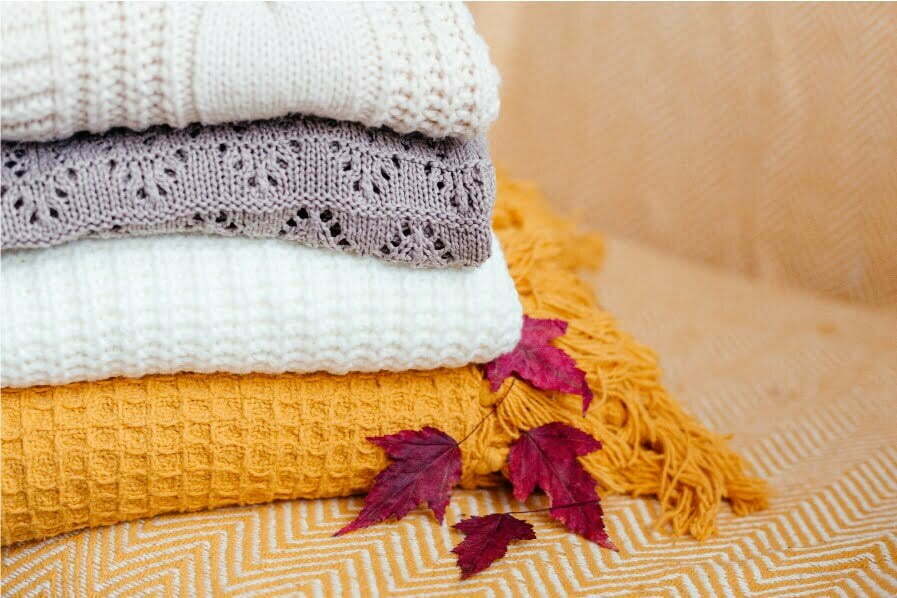
Last but not least, organic wool is another eco-friendly choice for homeowners. This one is fire-resistant and comes from a renewable source. The material produced from raw wool is non-toxic, durable, warm, and soft.
However, it’s important to mention that conventionally used productions depend highly on unsustainable farming practices that threaten the environment.
Sheep breeding may cause vegetation loss, and their manure can contaminate both the water and air by releasing greenhouse gases like methane. This makes conventional wool one of the least eco-friendly home fabrics in the world. Organic wool farming, on the other hand, uses sustainable practices.
There are several ways to integrate organic wool into your home, like upholstery, carpets, blankets and rugs.
The Takeaway
With so much focus on eco-friendly plant growth and manufacturing processes, it’s only natural to ask what we can do to add to companies’ sustainable efforts.
Choosing the fabrics above for home furnishings is an important step forward. And, as you’ve seen above, some materials are free from most chemicals and hazardous compounds, which makes them safer choices for family members with skin sensitivity.
Recap

